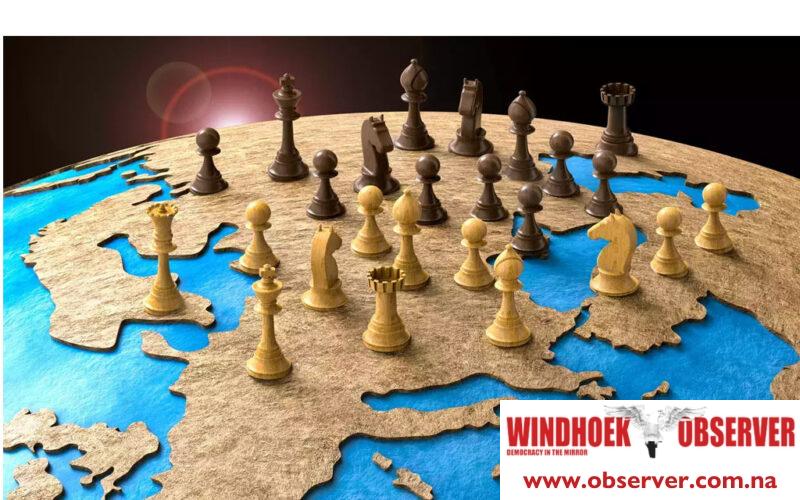Global geopolitical risks remain elevated, raising concerns about their potential impact on economic and financial stability.
Shocks such as wars, diplomatic tensions, or terrorism can disrupt cross-border trade and investment. This can hurt asset prices, affect financial institutions, and curtail lending to the private sector, weighing on economic activity and posing a threat to financial stability.
Such risks are challenging for investors to price due to their unique nature, rare occurrence, and uncertain duration and scope. This can lead to sharp market reactions when geopolitical shocks materialise.
As we show in a chapter of the latest Global Financial Stability Report, stock prices tend to decline significantly during major geopolitical risk events, as measured by more frequent news stories mentioning adverse geopolitical developments and associated risks. The average monthly drop is about one percentage point across countries, though it’s a much larger 2.5 percentage points in emerging market economies.
Of the different types of major geopolitical risk events, international military conflicts hit emerging market stocks the hardest, likely because of more severe economic disruptions compared with other events. In these cases, the average monthly drop in stock returns is a significant five percentage points, twice as much as for all other types of events.
Heightened geopolitical risks may also affect the public sector as economic growth slows and governments spend more. Consequently, sovereign risk premiums, measured by prices for credit derivatives that protect against default, often increase after geopolitical events by, on average, about 30 basis points for advanced economies and 45 basis points for emerging market economies. Such financial strains are especially significant in emerging market economies, where premiums increase up to four times as much.
Geopolitical risk events can also spill over to other economies through trade and financial linkages, increasing the risk of contagion. Stock valuations decline by an average of about 2.5 percent following the involvement of a main trading partner country in an international military conflict. Likewise, sovereign risk premiums rise when trading partners are involved in geopolitical risk events, and the effect is at least twice as large for emerging market economies with high public debt relative to economic output, low international reserves adequacy, and weak institutions, as the chapter shows.
Heightened uncertainty is a key channel for asset price reactions. Geopolitical shocks tend to raise macroeconomic uncertainty for several months. Investors, however, recognize these risks and demand compensation for holding stocks that may perform worse when hit by a shock.
Eventually, a sudden drop in asset prices may weigh on bank and non-bank financial institutions with potential spillovers to the broader financial system and the real economy. For example, banks tend to curb lending, and investment funds face lower returns and elevated redemption risk when exposed to geopolitical risk events.
While it may seem like the global economy and financial markets are regularly upended by unpredictable and even unprecedented events, there is still much that the financial sector and those charged with safeguarding it can do to protect financial stability. In addition, financial institutions should hold enough capital and liquidity to help them endure potential losses from geopolitical risks-International Monetary Fund




